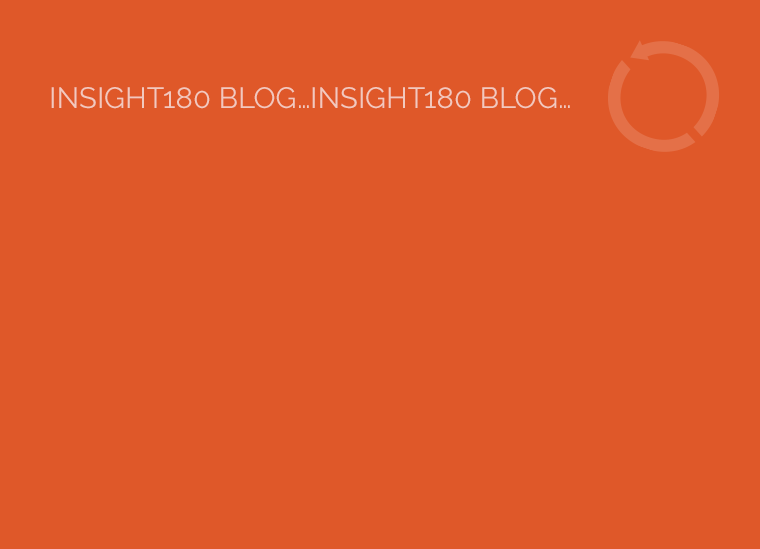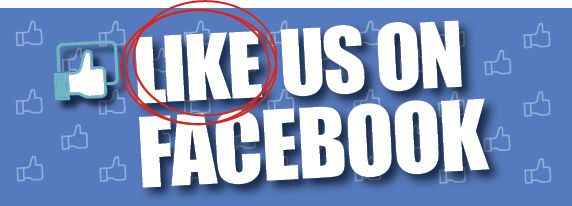Why Likes Have Just Become More Important.
The hype is under way as an enticing new feature called Graph Search continues to be rolled out by Facebook, and the question on everyone’s mind is, “how can we utilize this new feature to optimize our business’ social media presence?” Besides being an ingenious incentive developed by the social network giant to encourage businesses to spend more time on its site, Graph Search has some interesting features which may shake up the way people make decisions. Although Graph Search is not a search engine which combs the entire internet, it does search the content that people on Facebook put on their pages (likes, check-ins, etc). Graph Search enables users to search for business pages, photos and people and, in the results, see how they are connected to those items through their friends or even through their friends of friends.
Graph Search is founded on information which users create rather than what companies themselves create and it allows users to search through the data that only lives on Facebook. This gives the power to individuals and allows for very honest answers to questions like “Where can I get some good pizza nearby?” To answer that question one could type into Graph Search, “Pizza places nearby that my friends like,” and receive results that are driven by the amount of likes by a user’s own friends. Essentially, Facebook is allowing users to get “word of mouth” answers without actually asking the individual the question.
Evaluate Your Facebook Page.
This model of search is very good news for businesses that have a thriving Facebook presence with rave reviews, recommendations and a good amount of check-ins on Facebook Places. It’s not so good for those who haven’t completely filled out their pages and haven’t optimized their Bing search engine results, since Bing will be picking up the slack where Graph Search has not “yet” indexed.
Fully Complete Your Page.
To get the highest ranking on Graph Search you will undoubtedly need to fully fill out your page information. List your hours, website, and make sure all your categories best describe your business. It’s those keywords combined with amount of “likes” and “check-ins”, etc, that will determine when you come up in a search.
Continually Update.
The Facebook pages which have a lot of activity (posts, engagement, likes, check-ins, recommendations) will come up higher in the Graph Search results than those that do not. Remember it’s about engagement and conversation, and just like in Google search, the more often you update or engage, the higher in the search rankings you will appear.
“Likes” Can Be Very Helpful.
Prior to Graph Search, it was argued that Facebook “Likes” were not necessarily the most important thing. Because with Graph Search, the amount of “likes” and “check-ins” determine a page’s rank in search results, “likes” just became a lot more important. If you want your page to be high up on Graph Search results, you need “likes” and “check-ins” ASAP.
Optimize Your Content.
- To gain a higher rank with Graph Search you will really need to focus on growing your Facebook page following and engagement levels.
- Make sure your content is keyword rich and relevant.
- Post relevant and meaningful content, and respond in any kind of conversation.
- Remember to include images whenever possible. The posts that get the highest engagement contain images and videos.
Be Visible Locally.
Many Graph Search inquiries will be location based. Someone searching something like “design firms nearby” or “financial advisory firms nearby” could become the norm if Graph Search takes off.
Regardless, it’s important to have local visibility. A few ways to develop local visibility would be through creating a Google Places listing, a Yahoo local listing, and most importantly for Graph Search, a Bing local listing because as aforementioned, Bing will be picking up the slack where Graph Search cannot deliver.
For B2B Companies?
Being up to date on anything Facebook integrates is a plus. Just knowing and understanding how new potential marketing tools work should be a priority. Facebook gives a pretty good description in this short video.
As a B2B company, getting “check-ins” may not be a part of your social media plan but maybe it’s time to integrate it. If appropriate, ask your clients to “check-in” when they come by for a meeting and you can reciprocate at their place.
Although it may not matter that an individual’s friends see that they are at your office because their friends may not be potential clients, the goal isn’t necessarily to get those friends as clients. The goal is to get higher on Graph Search and “check-ins” are counted as important in the Graph Search algorithm. B2B companies have the potential to benefit from Graph Search in the same way as B2C companies.
Target Leads.
For B2B companies, using Graph Search to find targeted leads could be largely beneficial.
The ability to search for individuals based on location, what they like, who they’re friends with, etc., could prove very important to generating leads. According to an article from The New York Times, Brian Blau, an analyst with Gartner said of Graph Search, “It could offer marketers a more precise signal of a Web user’s interests. It’s going to lend itself to advertising or other revenue-generating products that better matches what people are looking for. Advertisers are going to be able to better target what you’re interested in. It’s a much more meaningful search than keyword search.”
Still In Its Beta Stages…
Graph Search’s full potential is not yet clear. As Graph Search is rolled out it will be interesting to see how businesses, both B2C and B2B, begin using Graph Search. Any ideas how Graph Search will affect B2B companies in the coming months? Do you think that B2B companies should make gaining a high Graph Search ranking a priority? Let us know why or why not in the comments below.
—Tara Urso is social media & content strategist at insight180 and Wendy Baird is principal and president.



Leave a Reply